The Life-Saving Role of Endoscopy in Early Cancer Detection
Imagine a tool so powerful it detects cancer before symptoms appear. Discover how endoscopy is transforming lives with early detection!
INTRODUCTION
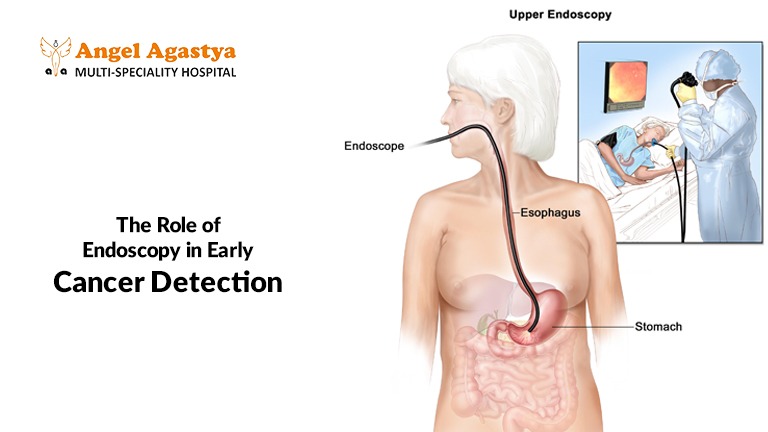
Early cancer detection is crucial in improving treatment outcomes and increasing survival rates. Cancer remains a leading cause of death worldwide, but endoscopy in early cancer detection has dramatically improved the chances of successful treatment and survival. When cancer is caught in its early stages, it’s often smaller, less likely to have spread to other parts of the body, and more responsive to therapies. Endoscopy in early cancer detection serves as the cornerstone of improving treatment outcomes and survival rates, bringing groundbreaking advancements to modern medicine.
One of the most revolutionary tools in the fight against cancer is endoscopy. Endoscopy in early cancer detection has transformed the field of medicine, providing a minimally invasive way to diagnose and treat various types of cancer. By understanding the role of endoscopy and its applications, we can empower ourselves to make informed decisions about our health and potentially save lives.
In this blog, we’ll delve into the world of endoscopy, exploring the remarkable role of endoscopy in early cancer detection. We’ll discuss various types of endoscopic procedures, their specific applications in detecting different cancers, and the advantages they offer over traditional diagnostic methods. By understanding how endoscopy works and its impact on early cancer detection, we can empower ourselves to make informed decisions about our health and potentially save lives.
Understanding the Role of Endoscopy in Early Cancer Detection
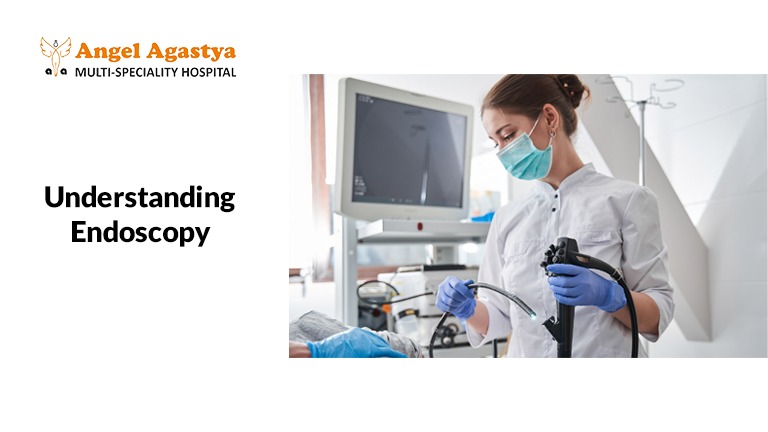
Endoscopy, derived from the Greek words “endon” (meaning “inner”) and “skopein” (meaning “to examine”), is a broad term encompassing a variety of minimally invasive procedures used to examine the inside of hollow organs or cavities within the body. During an endoscopy, a thin, flexible tube called an endoscope is inserted through a natural opening or a small incision. The endoscope is equipped with a tiny camera and light source, allowing the doctor to view the inner lining of the organ on a monitor in real-time. Unlike traditional imaging techniques, endoscopy in early cancer detection provides a direct and magnified view of internal organs, enabling early and accurate detection of abnormalities such as cancerous growths or precancerous polyps.
There are various types of endoscopic procedures, each designed to examine a specific area of the body. Endoscopy in early cancer detection plays a vital role in diagnosing cancers in their initial stages, where treatment outcomes are more favorable. Here are some of the most common procedures:
- Colonoscopy: This procedure examines the entire length of the large intestine (colon) for polyps, precancerous growths, or signs of colon cancer. It highlights the importance of endoscopy in early cancer detection for colorectal conditions.
- Esophagogastroduodenoscopy (EGD): This endoscopy allows visualization of the upper digestive tract, including the esophagus, stomach, and duodenum. It’s particularly helpful in diagnosing conditions like ulcers, gastritis, and esophageal cancer.
- Bronchoscopy: This procedure examines the airways (bronchi) leading to the lungs, aiding in the diagnosis of lung cancer, infections, and other lung diseases.
- Cystoscopy: This endoscopy uses a cystoscope to examine the inside of the bladder and urethra, helping diagnose bladder cancer, urinary tract infections, and other abnormalities.
- Endoscopic Ultrasound (EUS): Combining endoscopy with ultrasound, this procedure provides detailed images and biopsies of organs like the pancreas, aiding in the detection of pancreatic cancer.
Each of these endoscopic methods reinforces the critical role of endoscopy in early cancer detection and highlights its contribution to improving survival rates through timely diagnosis.
Benefits of Endoscopy
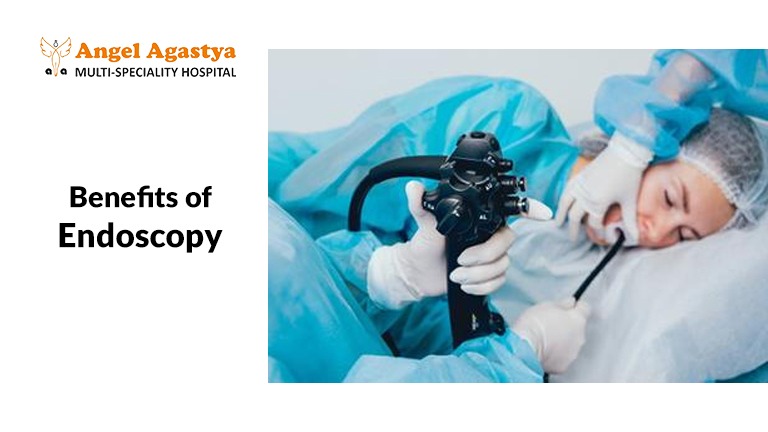
Endoscopy in early cancer detection offers several advantages over traditional diagnostic methods:
Early Detection: Endoscopy in early cancer detection identifies abnormalities at an early stage, improving the chances of successful treatment and survival.
Minimally Invasive: No large incisions are needed, which minimizes recovery time and discomfort.
Direct Visualization: Offers real-time, magnified views of the internal organs for precise diagnosis.
Biopsy Capability: Allows tissue samples to be collected for laboratory analysis during the procedure.
Endoscopy for Gastrointestinal Cancers
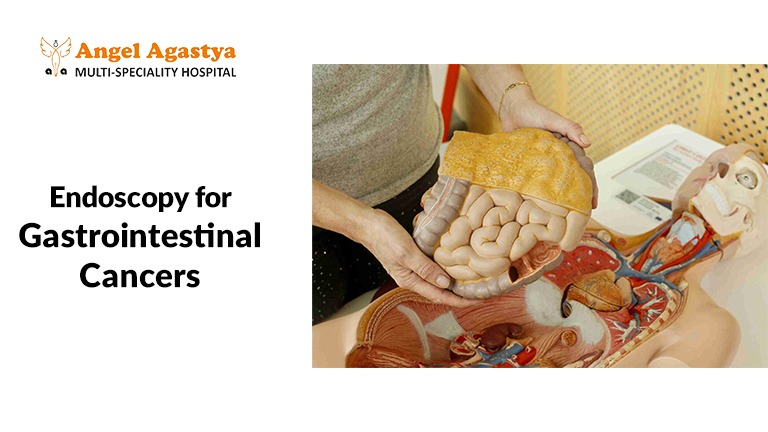
The gastrointestinal (GI) tract is a common site for various cancers. Endoscopy plays a crucial role in the early diagnosis of GI cancers. The digestive tract, encompassing the esophagus, stomach, small intestine, and colon, is a common site for various cancers. The role of Endoscopy in early cancer detection is crucial, allowing for intervention before the disease progresses.
Colon Cancer Screening
A colonoscopy is a vital tool for colon cancer screening. During colonoscopy, a long, flexible tube with a camera is inserted into the rectum to examine the entire colon. This procedure allows doctors to identify and remove precancerous polyps, which are abnormal growths that can develop into cancer. Endoscopy and Early Detection of Other Gastrointestinal Cancers: Endoscopy can also be used to detect other gastrointestinal cancers, such as:
- Esophageal Cancer: An endoscope can be used to examine the esophagus for signs of cancer.
- Stomach Cancer: Endoscopy can help detect early-stage stomach cancer.
- Pancreatic Cancer: While endoscopy is not the primary method for diagnosing pancreatic cancer, it can be used to assess the extent of the disease and to perform biopsies.
Other Gastrointestinal Cancers
- Esophageal Cancer
- Using EGD, early signs like Barrett’s esophagus or dysplasia can be identified and treated.
- Stomach Cancer
- Endoscopy can detect ulcers, gastritis, or cancerous growths in the stomach lining.
- Pancreatic Cancer
- Endoscopic Ultrasound (EUS) enables high-resolution imaging of the pancreas, aiding in the early diagnosis of pancreatic cancer.
Endoscopy for Lung Cancer
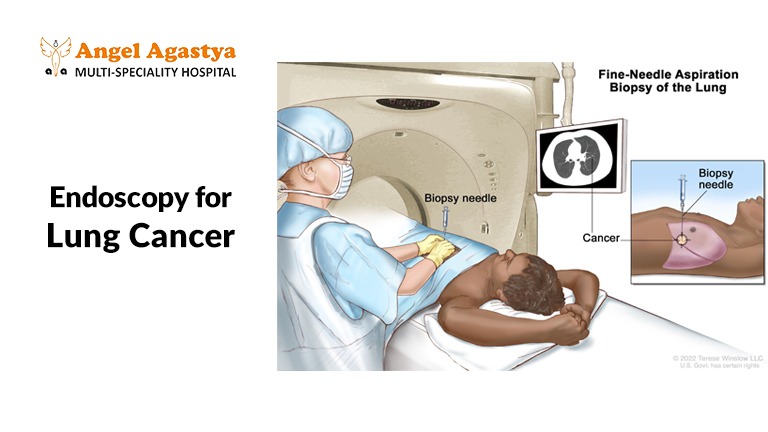
Lung cancer is a leading cause of cancer-related deaths worldwide. Endoscopy and early cancer detection are crucial in improving lung cancer outcomes. Bronchoscopy, a specialized endoscopic procedure, plays a vital role in the early detection and diagnosis of lung cancer. Bronchoscopy, a type of endoscopy, is used to examine the airways and lungs. By detecting lung cancer at an early stage, bronchoscopy can significantly improve treatment outcomes and survival rates.
- Early Stage Diagnosis: Bronchoscopy allows doctors to visualize the airways and detect abnormalities before symptoms worsen.
- Tissue Biopsies: Using bronchoscopy, tissue or fluid samples can be collected from the lungs to confirm a cancer diagnosis.
- Treatment Monitoring: Bronchoscopy is also used to monitor treatment progress in lung cancer patients.
The Impact on Survival Rates
Detecting lung cancer at an early stage through bronchoscopy significantly improves survival rates. Early-stage lung cancer patients have a five-year survival rate of approximately 56%, compared to just 5% for late-stage diagnoses.
Endoscopy for Other Cancers
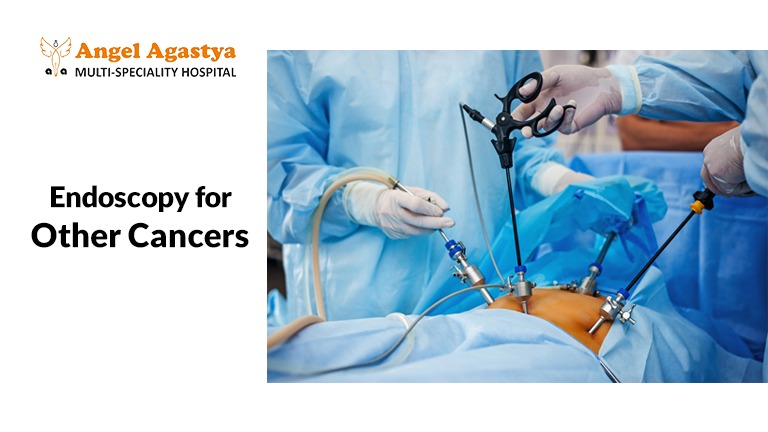
While the GI tract and lungs are the most common targets for endoscopy, the procedure is also valuable for detecting other types of cancer. Endoscopy is not limited to the gastrointestinal tract and lungs. It can also be used to detect other types of cancer, such as bladder cancer. Cystoscopy, a type of endoscopy, allows doctors to examine the bladder and urethra for signs of cancer and other abnormalities.
Bladder Cancer
Cystoscopy, a type of endoscopy, examines the bladder and urethra for signs of cancer. It is particularly effective in detecting early-stage bladder cancer, enabling timely intervention.
Gynecological Cancers
In some cases, endoscopic techniques like hysteroscopy can be used to identify abnormalities in the uterus, helping in the early detection of uterine cancers.
Preparing for and Recovering from Endoscopy
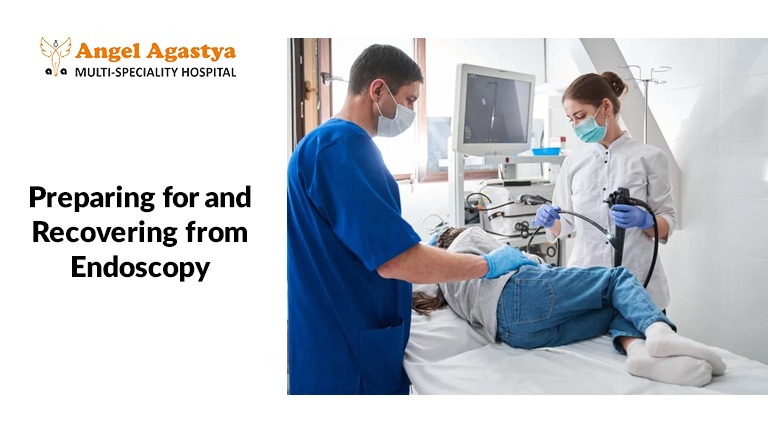
Preparation:
- Patients are often required to fast for several hours before the procedure to ensure a clear view of the area being examined.
- Depending on the type of endoscopy, specific instructions, such as bowel preparation for a colonoscopy, may be provided.
Recovery:
- Most endoscopic procedures are outpatient and require minimal recovery time.
- Patients may experience mild discomfort, such as bloating or a sore throat, depending on the procedure.
- Serious complications are rare but can include bleeding or infection.
The Future of Endoscopy and Early Cancer Detection
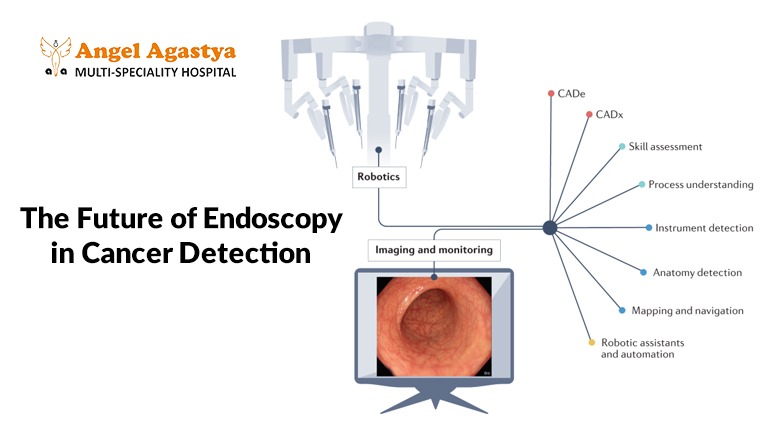
The field of endoscopy continues to evolve, with advancements aimed at improving accuracy, reducing discomfort, and expanding its applications.
Artificial Intelligence (AI) Integration
AI-powered endoscopy systems can now assist doctors by:
- Detecting subtle abnormalities that may be missed by the human eye.
- Enhancing image analysis to improve the accuracy of cancer detection.
Capsule Endoscopy
This innovative approach uses a small, swallowable capsule equipped with a camera to capture images of the GI tract, making it a non-invasive alternative for specific conditions.
Therapeutic Endoscopy
Beyond detection, endoscopy is increasingly used for treatment, such as:
- Removing precancerous growths.
- Delivering localized therapies, such as stents or ablation, directly to affected areas.
Why Regular Screenings Matter
One of the most significant barriers to early cancer detection is a lack of regular screenings. Many cancers remain asymptomatic in their early stages, making proactive screening essential.
Screening Recommendations
- Colonoscopy: Recommended every 10 years for individuals aged 45 and above, or earlier for those with a family history of colon cancer.
- EGD: Advised for individuals with persistent symptoms like acid reflux or difficulty swallowing.
- Bronchoscopy: Suggested for individuals at high risk of lung cancer, such as heavy smokers.
FAQs on Endoscopy in Early Cancer Detection
What is the difference between a colonoscopy and an endoscopy?
How often should I get a colonoscopy?
Is endoscopy painful?
What are the risks associated with endoscopy?
How can I prepare for an endoscopy?
What should I expect after an endoscopy?
Who should get a lung cancer screening?
Can endoscopy detect other types of cancer?
How often should I get a routine health check-up?
Conclusion
Where can I find more information about cancer screening?
Endoscopy is a revolutionary tool in the fight against cancer, offering a minimally invasive, accurate, and effective means of early detection. From the gastrointestinal tract to the lungs and bladder, endoscopic procedures enable timely diagnosis and intervention, saving countless lives.
Regular screenings and early detection are vital for preventing cancer and improving survival rates. If you or someone you know is at risk, speak to a healthcare provider about endoscopy and other screening options.
By embracing the life-saving potential of endoscopy, we can take a significant step toward a future where cancer is detected early and treated successfully.

